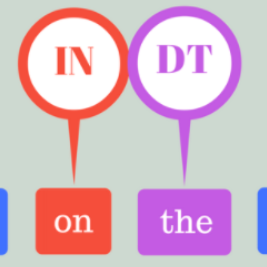Providing technologies to communities or domains where training data is scarce or protected e.g., for privacy reasons, is becoming increasingly important. To that end, we generalise methods for unsupervised transfer from multiple input models for structured prediction. We show that the means of aggregating over the input models is critical, and that multiplying marginal probabilities of substructures to obtain high-probability structures for distant supervision is substantially better than taking the union of such structures over the input models, as done in prior work. Testing on 18 languages, we demonstrate that the method works in a cross-lingual setting, considering both dependency parsing and part-of-speech structured prediction problems. Our analyses show that the proposed method produces less noisy labels for the distant supervision.
翻译:向培训数据稀少或受保护的社区或领域提供技术,例如,出于隐私原因,为培训数据稀缺或受保护的社区或领域提供技术,正变得日益重要。为此目的,我们概括了从多种输入模型进行无监督转让的方法,以便进行结构化预测。我们表明,集成输入模型的手段至关重要,而且将子结构的边际概率乘以获得高概率结构进行远距离监督比像先前工作那样将这种结构结合到输入模型上要好得多。测试18种语言,我们证明该方法在跨语言环境中起作用,既考虑到依赖性分割,又考虑到部分语音结构化的预测问题。我们的分析表明,拟议的方法为遥远的监督提供了较少噪音的标签。



